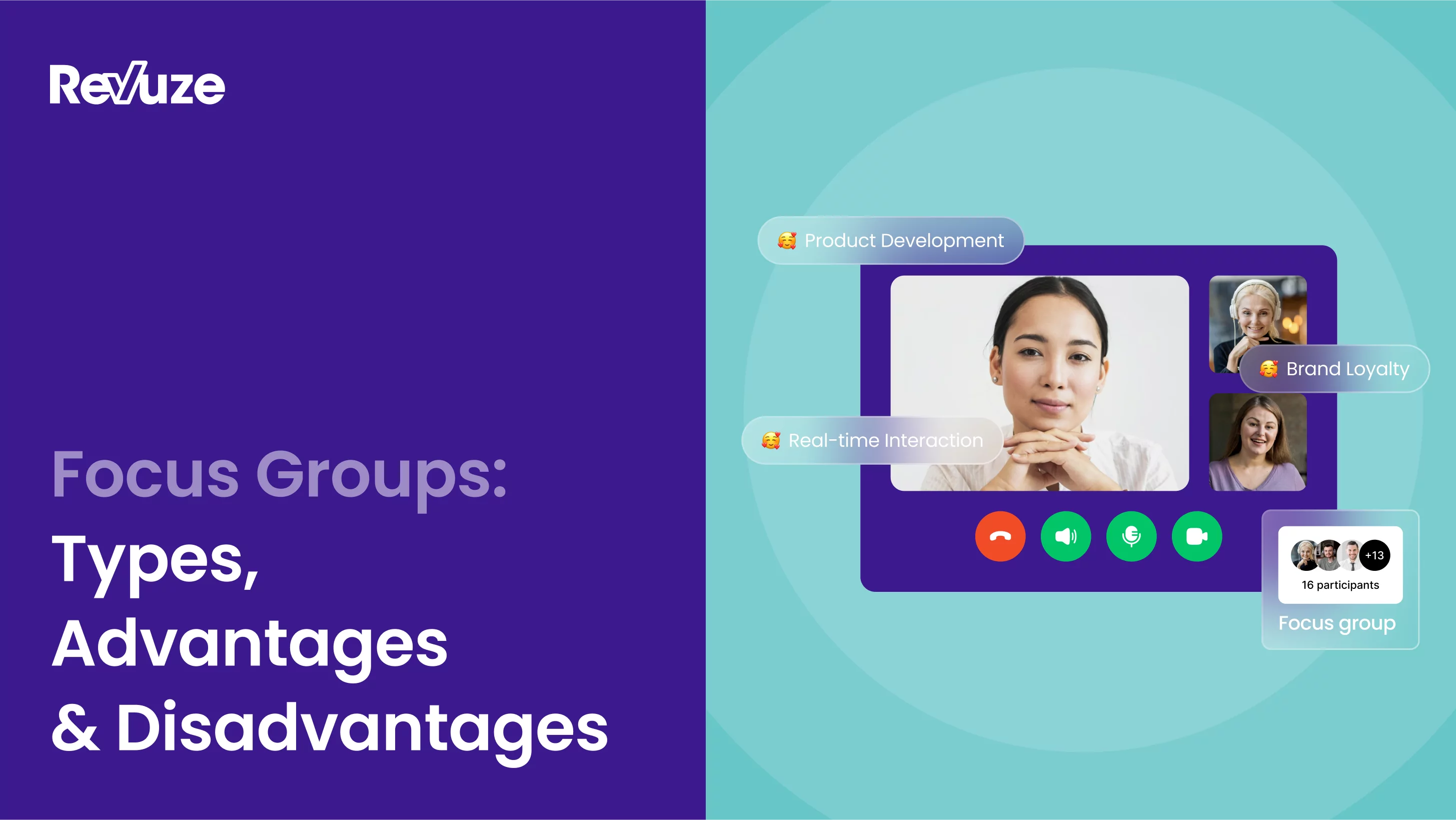
Emerging post-World War II from the behavioral science field, focus groups have since matured into a popular qualitative consumer research tool. These groups foster interactive discussions, offering nuanced perspectives that help businesses understand customer sentiment and market trends for strategic decision-making.
This blog offers a thorough examination of focus groups, exploring their definition, purpose, benefits, drawbacks, and best practices. We’ll help you understand what focus groups are, whether or not you should use them, and how to best run them.
Understanding Focus Groups
By nurturing open dialogue, focus groups aid researchers in exploring deeper insights into consumer mindsets, surpassing surface-level responses for a richer understanding of the market landscape.
The types of focus groups include:
- Traditional: Involving 5 to 20 participants and guided by a trained moderator in a controlled setting.
- Mini Groups: Comprising only 4 or 5 participants, fostering intimate discussions for deeper engagement and richer conversation.
- Online Groups: Utilizing technology for remote discussions via video chat, online groups break geographical barriers and allow diverse participation.
- Two-Way Groups: In two-way groups, one group observes another, enriching discussions with additional perspectives and insights.
- Dual Moderator Groups: Incorporating two facilitators; one guides discussion while the other records insights, ensuring comprehensive data collection.
- Client Participant Groups: Business representatives engage directly, gaining firsthand consumer insights for informed decision-making aligned with organizational goals.
Focus groups prove particularly beneficial in the following scenarios:
- Exploratory Research: When seeking to uncover emerging trends, attitudes, or consumer behaviors within a given market segment.
- Concept Testing: To gauge consumer responses and perceptions regarding new product concepts, features, or marketing strategies.
- Message Development: Crafting compelling marketing messages or advertisements by soliciting feedback and gauging audience resonance.
- Understanding Complex Behaviors: Exploring consumer decision-making processes, motivations, and perceptions surrounding specific products or services.
Advantages and Disadvantages of Using Focus Groups
The advantages of focus groups as conduits for informed decision-making and strategic planning include:
- Real-time Interaction and Insight Gathering: Focus groups enable real-time interaction, lively discussions, and diverse perspectives. Researchers gain firsthand understanding of consumer attitudes, motivations, and preferences through open dialogue, facilitating deeper insights into consumer behaviors.
- Depth of Understanding Customer Needs and Preferences: Through probing questions and qualitative analysis, researchers uncover nuanced insights into consumer perceptions.
- Opportunity for Iterative Feedback Loops: Focus groups enable iterative feedback loops for refining product concepts and optimizing user experiences.
- Enhanced Product Development and Innovation: Distilling consumer feedback drives product development and innovation, aligning offerings with consumer preferences.
- Building Brand Loyalty Through Customer Engagement: Brands forge authentic connections, fostering loyalty and advocacy through customer-centric engagement.
On the other hand, the potential pitfalls and challenges of focus groups include:
- Potential for Biases and Groupthink: Focus groups are prone to biases and groupthink, where group dynamics influence participant responses, leading to conformity and the reinforcement of dominant perspectives.
- Difficulty in Generalizing Results: Extrapolating findings from focus groups to broader populations is challenging due to limited sample sizes and self-selecting participants.
- Resource and Time-Intensive: Conducting focus groups requires significant time, personnel, and logistical coordination, from recruitment to transcription.
- Challenges in Recruiting and Managing Participants: Effective recruitment and management of participants are challenging, requiring comprehensive screening and incentives for diverse representation.
- Limited Scope of Insights Compared to Quantitative Data: Open-ended discussions lack statistical rigor and scalability, necessitating complementation with quantitative data for holistic understanding and actionable recommendations.
Best Practices for Conducting Effective Focus Groups
The following key best practices ensure that focus groups foster meaningful dialogue and elicit actionable insights in diverse research contexts.
- Preparing Clear Objectives and Research Questions: Articulating specific questions ensures focused discussions and targeted data collection, enhancing alignment with organizational priorities.
- Participant Recruitment Strategies: Effective recruitment involves engaging diverse participants reflective of the target audience. Strategies may include targeted outreach, referrals, and incentives.
- Facilitation Techniques for Meaningful Discussions: Skilled facilitation cultivates an inclusive environment, stimulating vibrant discussions and uncovering hidden insights. Open-ended questioning, active listening, and probing for clarification are key techniques for navigating group dynamics effectively.
- Ensuring Diversity and Representation in Participant Demographics: Recruiting participants from varied backgrounds enriches dialogue and fosters inclusivity, mitigating biases and capturing diverse perspectives reflective of the target audience.
- Ethical Considerations and Confidentiality: Focus group research must uphold principles of informed consent, privacy, and confidentiality.
Focus Group Case Studies: Successes and Failures
Focus groups serve as invaluable tools for informing strategic decisions, yet their integration can yield both successes and failures, as exemplified by Domino’s Pizza and the Aeron Chair by Herman Miller.
In 2009, Domino’s faced a significant decline in sales, prompting a reevaluation of their product. Candid feedback from focus groups revealed harsh critiques of their pizza, leading President Patrick Doyle to initiate a radical response: a complete reimagining of their core product. Domino’s embraced transparency, openly acknowledging shortcomings and promising improvement. This bold approach resonated with customers, resulting in a remarkable 16.5% sales surge shortly after the campaign’s launch.
Conversely, the Aeron Chair by Herman Miller illustrates the challenges of interpreting focus group feedback in the context of radical design innovation. Despite focus groups’ rejection of the chair as “ugly” and impractical, Herman Miller persisted in launching it, defying initial feedback. Contrary to expectations, the Aeron Chair became a resounding success, revolutionizing ergonomic design principles and setting new industry standards.
Alternatives to Focus Groups
For situations in which focus groups are not appropriate, organizations may explore alternative research methodologies including:
- Surveys and Questionnaires: Effective for gathering quantitative data and feedback from a broad audience, allowing for statistical analysis and trend identification across diverse demographic segments.
- In-depth Interviews: Qualitative methodology for exploring individual perspectives and motivations, conducted one-on-one to delve deeper into respondent experiences and perceptions.
- Customer Reviews: Valuable source of qualitative feedback and social validation, offered on platforms like Yelp, Amazon, and Tripadvisor. Analyzing reviews informs strategic decisions related to product development and reputation management.
- Prototype Testing and Usability Studies: This is a hands-on approach to evaluating product concepts and user interfaces, identifying usability issues and design flaws through feedback from end-users.
- Social Listening: Monitoring online conversations and sentiment trends across social media platforms, social listening provides immediate insights into consumer perceptions, market trends, and competitive dynamics.
Embracing a Holistic Approach
Effective consumer-centric decision-making demands strategic choices of which research methodologies to use. As we’ve seen, focus groups are an effective tool for qualitative insights, dialogue, and understanding preferences, but they have their advantages and disadvantages. Organizations must weigh the pros and cons of focus groups, aligning them with objectives, audience, and strategy. A holistic approach combining insights from focus groups with other methods like surveys, interviews, and customer reviews enables organizations to navigate market changes, anticipate consumer shifts, and seize opportunities effectively.
Get the complete whitepaper, “Mastering Focus Groups: A Guide to Customer-Centric Decision-Making” here.
 All
Articles
All
Articles Email
Analytics
Email
Analytics




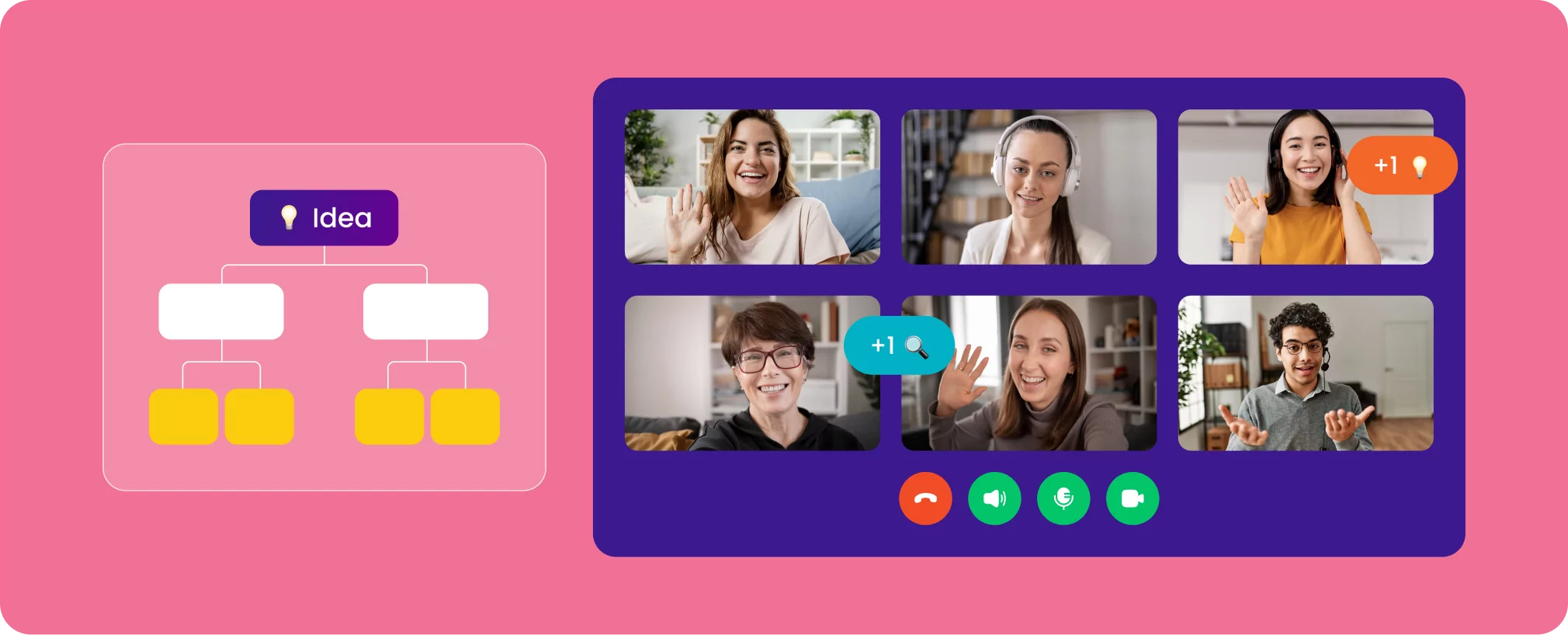

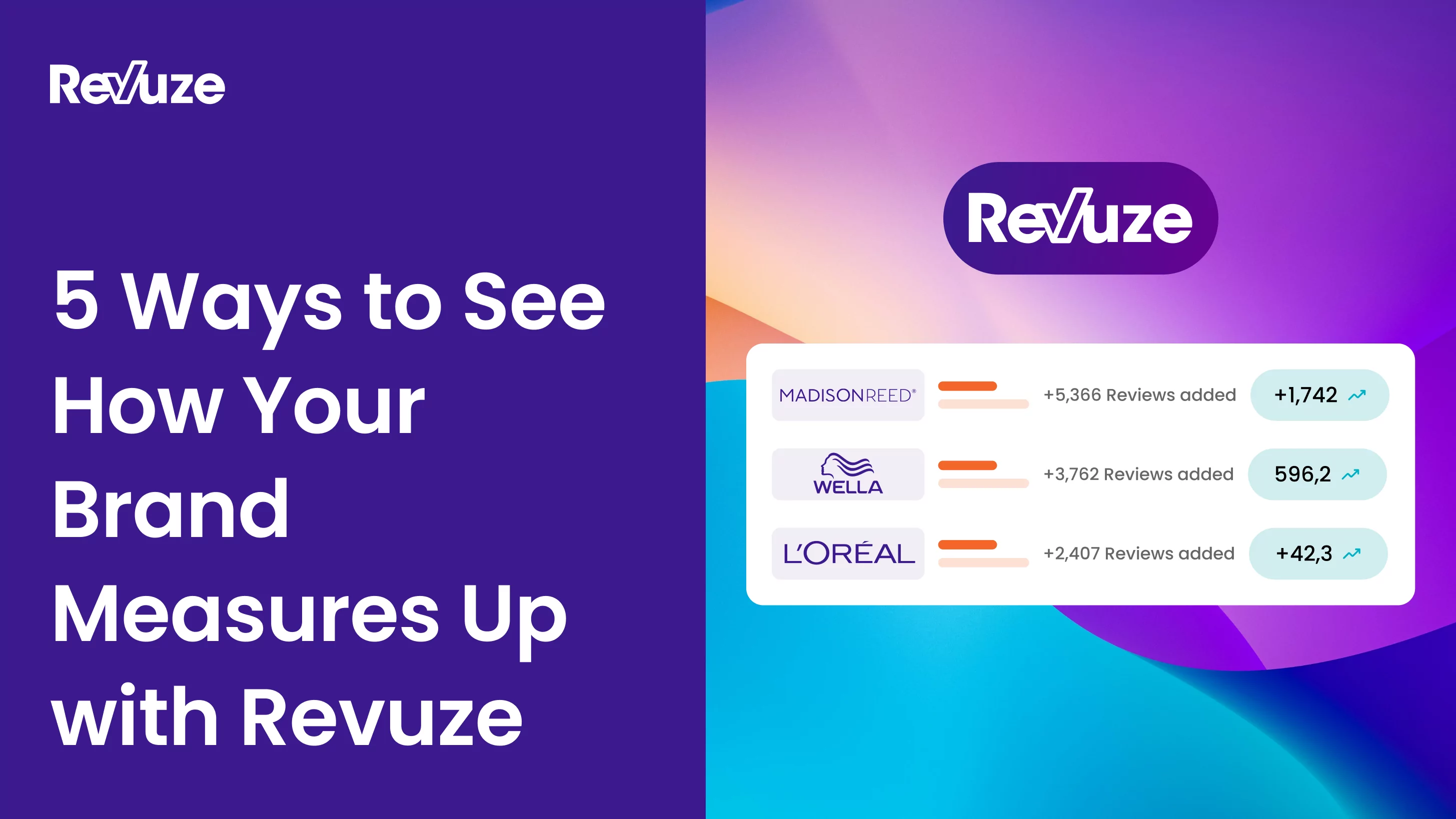
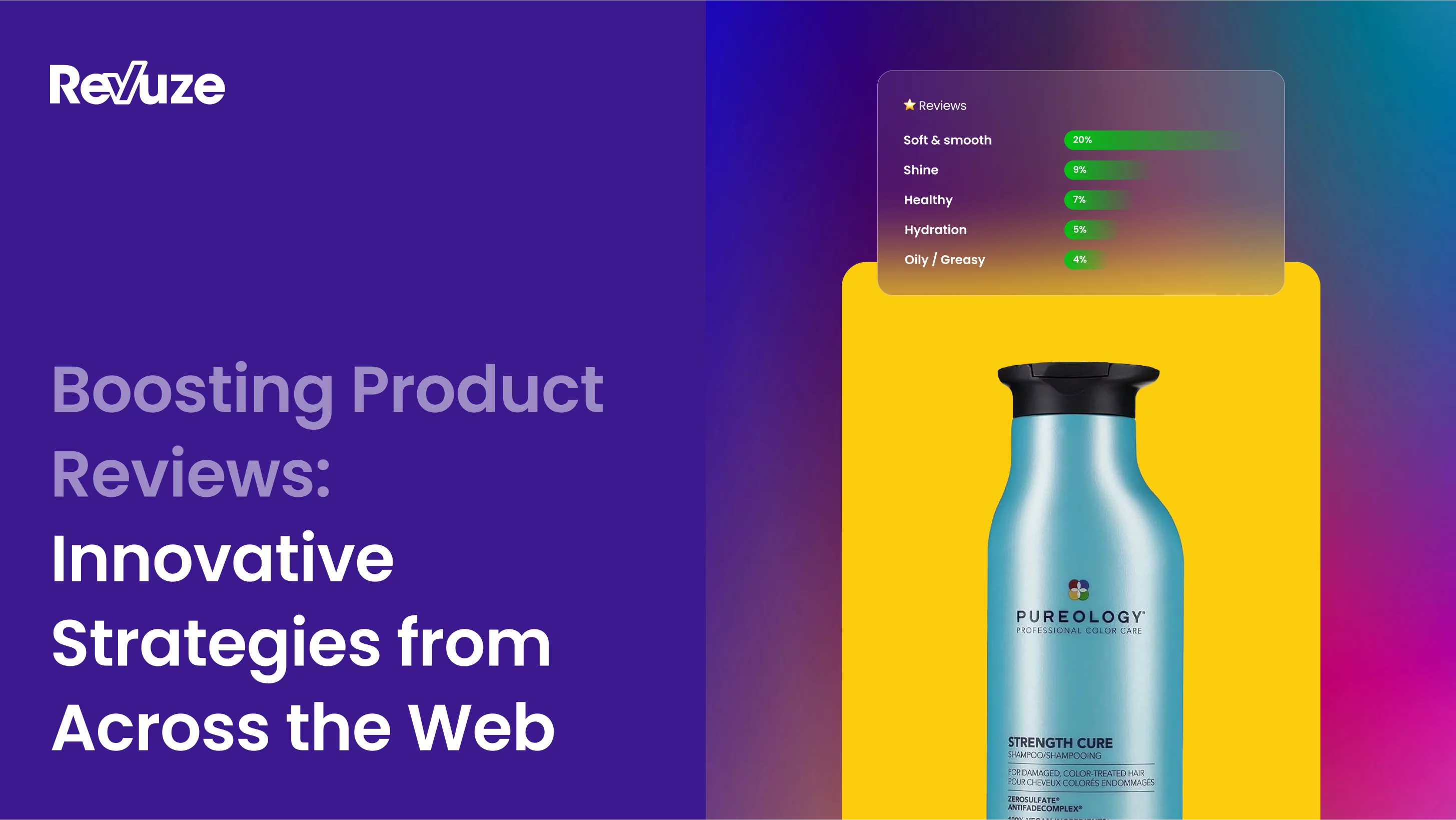
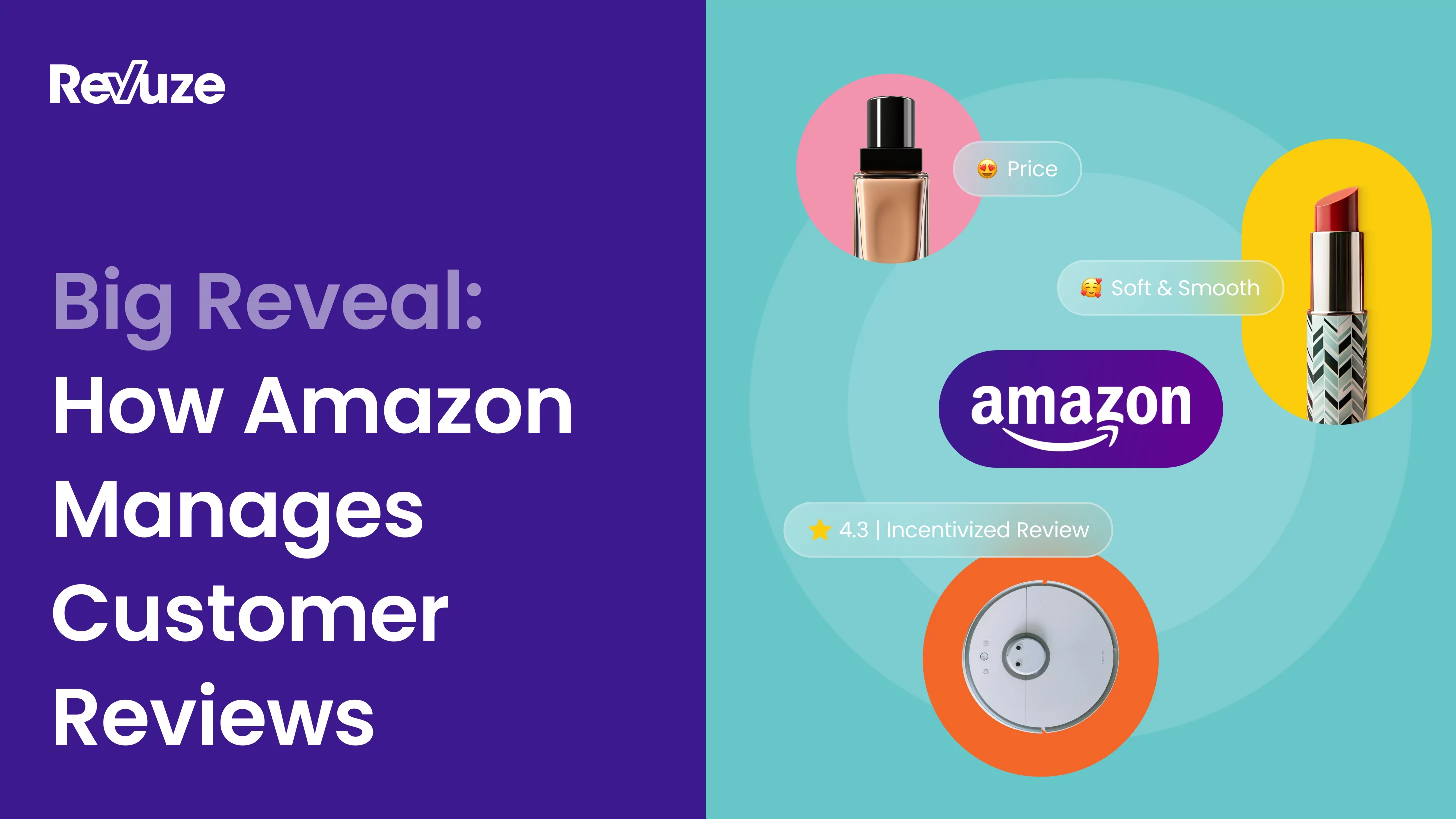
 Agencies
Insights
Agencies
Insights